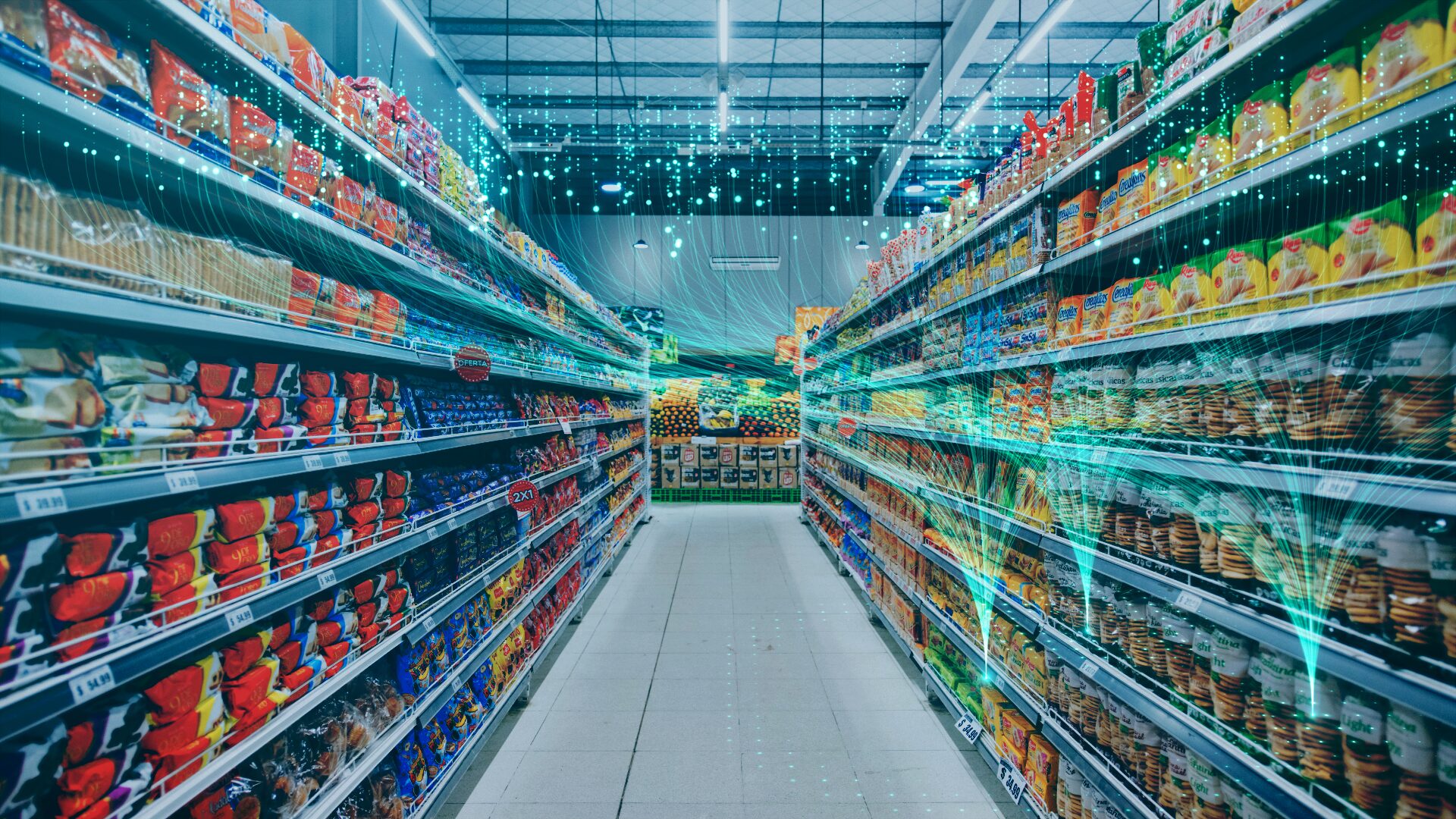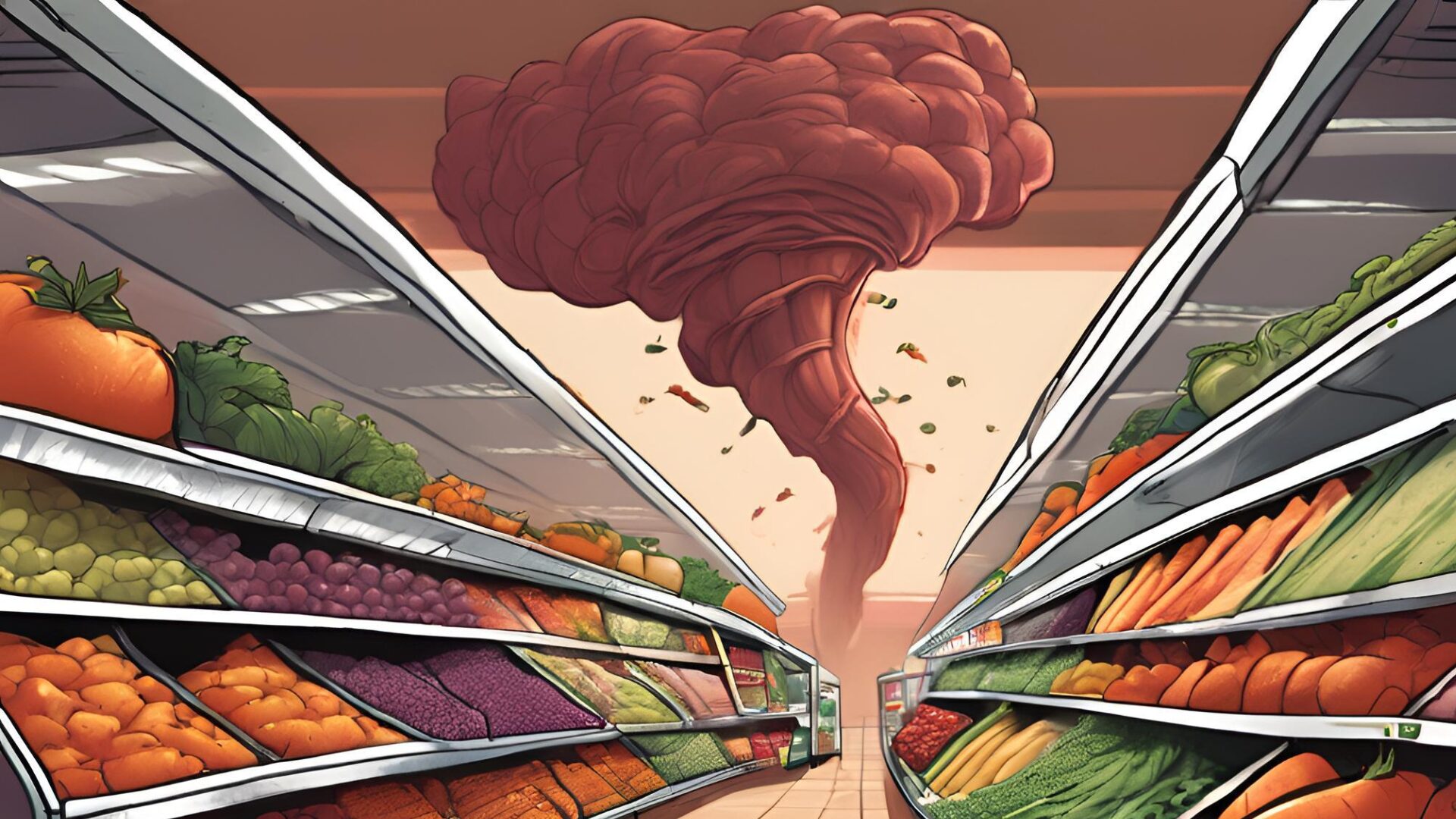For 45 years, retailers relied on the universal product code (UPC) to provide an efficient price look-up function at pointof-sale (POS). Digital technology has come a long way since the UPC’s introduction and while it still performs its original function well, today’s new technologies offer greater opportunities to benefit industry and consumers simply by transitioning to more data-rich data carriers like a 2-dimensional (2D) barcode.
According to a new GS1 US study, the majority of brand owners and retailers agree now is the time for all retail stakeholders to align on transitioning to more robust data carriers, enabling greater transparency between trading partners and customers.
The study, Powering the Future of Retail, conducted in collaboration with VDC Research, revealed 82% of retailers and 92% of brand owners support transitioning from the UPC to a datarich 2D barcode (e.g., QR Code, GS1 DataMatrix), digital watermark, and/or radio frequency identification (RFID) in the next one to five years.
A UPC can only contain a GS1 Global Trade Item Number, which uniquely identifies a product at checkout. It cannot carry additional information, such as batch/lot number, serial number, and expiration date, whereas a 2D barcode or EPC/RFID tag can encode this and far more data in a smaller footprint.
The research also showed that while an estimated 68.5% of retailers currently use laser scanners incapable of reading a 2D barcode, 84% are evaluating or planning to migrate to advanced optical POS scanning technology. Sixty percent of tier 1 retailers (over $1 billion revenue) are updating their entire POS infrastructure in the next 18-24 months to meet omni-channel commerce and mobile POS requirements.
They are building the infrastructure to meet new market demands with solutions that benefit brands, retailers, and consumers alike.
Benefits and Drivers
Some retailers and brand owners have already begun addressing consumers’ thirst for product information by implementing data-rich carrier solutions, often alongside the UPC barcode. For example, SmartLabel enables manufacturers to deliver product information (e.g. nutrition facts, ingredients) to the consumer through a QR code scan. Currently, the UPC barcode also needs to be on product packaging for the product to scan at POS, which means multiple data carriers are used on the package. But SmartLabel, POS, and supply chain functionality could be accomplished using a single QR code.
The ability to encode robust product data in a barcode opens new opportunities for retailers and brands to improve consumer experiences and engagement. At the same time, it will drive improved inventory accuracy and product authenticity, traceability and recall management, freshness, and waste prevention (via encodexpiration dates).
Potential Obstacles
Cost, disruption to products and packaging, and a lack of capital investment and IT staff required for technical infrastructure changes (e.g., updating legacy backend systems) were cited as barriers to change. Before adopting a new data carrier, companies will need to evaluate return on investment to upgrade scanning equipment, enhance supporting systems, and the additional labor needed to collect and verify data.
Technology infrastructure requirements include package printing capabilities to encode the data, and replacement of linear scanners with image scanners at POS. Data storage will need to be considered, and capabilities in place for trading partners to share the data and use it to formulate insights and action.
Path Forward
From a technology infrastructure standpoint, most of the industry plans to transition within a five-year time frame.
The UPC barcode is here to stay for the foreseeable future and is adequate for identification and POS checkout for most products. While research confirmed the industry wants to move forward with introducing more data-rich carriers, businesses will move at different paces driven by use case, ability to leverage the data, and technology modernization.
During the transition, brands and retailers will need a flexible architecture that supports dual barcoding, a practice already in use today for some products leveraging 2D carriers. Industry will later determine if the UPC barcode remains or if full migration to a sole, data-rich carrier is adopted. Provided GS1 Standards are used for the data structure in the 2D barcode, digital watermark and/or RFID, and the UPC, products will continue to be globally accepted at POS during the transition period and beyond.
The Time is Now
It is time for the retail industry to align on a limited number of data-rich carriers to provide consumers and supply chain partners with the information they want and need. The research underscores the desire for standards across various data carriers that promote choice for industry and offer greater functionality beyond the basic price look-up function of the UPC.
Consumer and retailer demand for expanded product information requires an evolution in industry capabilities that support the emerging needs of modern commerce.
Leveraging data-rich carriers will unlock a host of significant benefits for the consumer products industry and ultimately for multichannel customers, including enabling better consumer engagement opportunities.
By Carrie Wilkie, SVP of enterprise program delivery for GS1 US. Reach her cwilkie@gs1us.org.









